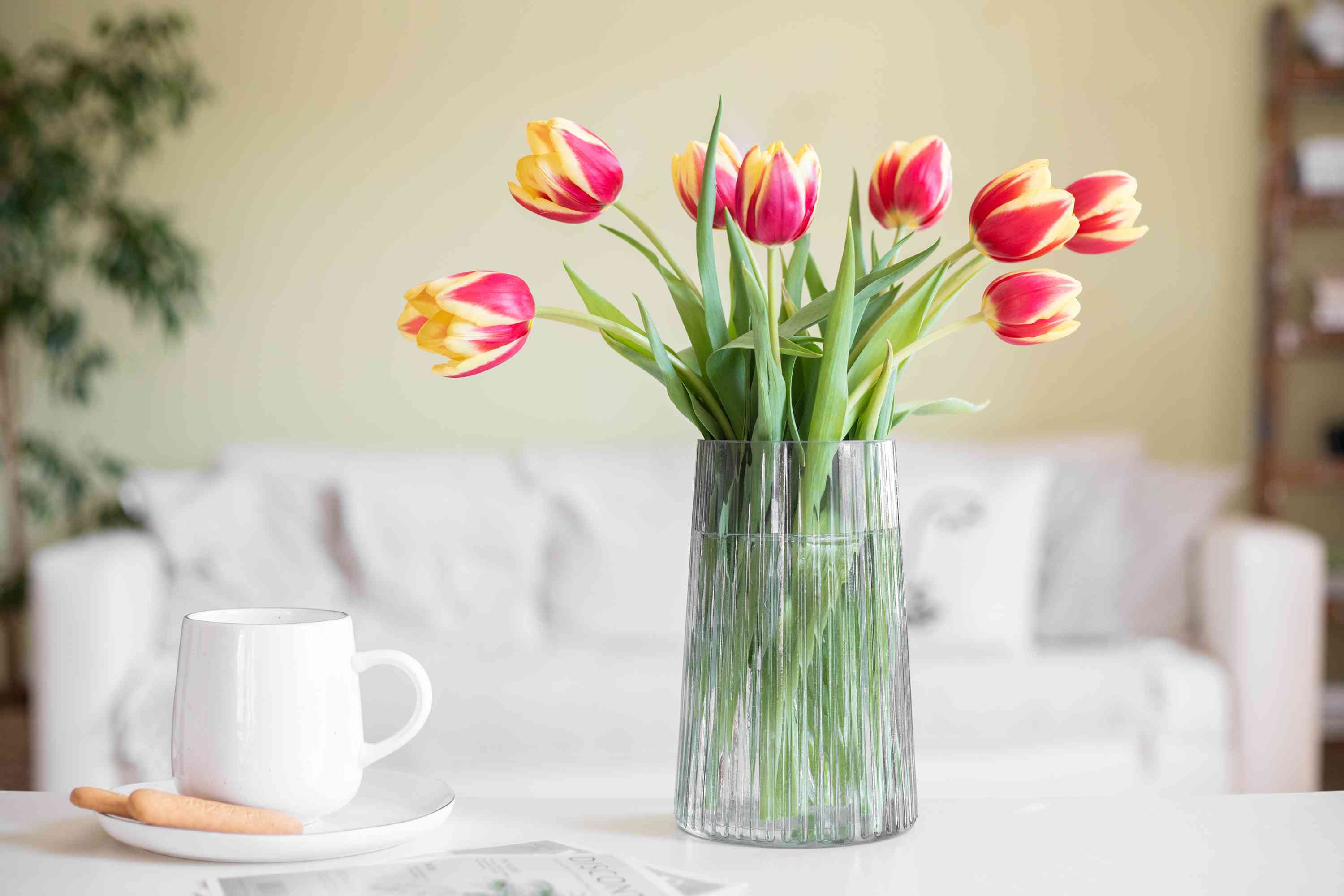

Articles
How To Store Tulips After They Bloom
Modified: January 18, 2024
Learn the best methods for storing tulips after they bloom in this informative article. Keep your flowers fresh and vibrant for longer periods with these helpful tips.
(Many of the links in this article redirect to a specific reviewed product. Your purchase of these products through affiliate links helps to generate commission for Storables.com, at no extra cost. Learn more)
Introduction
After the breathtaking beauty of tulip blooms fades away, many people wonder what to do with their tulips. Fortunately, storing tulips after they bloom is a simple and rewarding process. By following a few easy steps, you can preserve the beauty of your tulips and enjoy their vibrant colors for weeks to come.
Whether you received a stunning bouquet or grew your tulips in your garden, proper storage is crucial to extend their lifespan. Tulips are beloved flowers known for their striking beauty and wide variety of colors. With their delicate petals and long stems, tulips are often featured in bouquets and floral arrangements.
In this article, we will guide you through the steps of storing tulips after they bloom. From cutting the stems to placing them in the refrigerator, you will learn everything you need to know to keep your tulips looking fresh and vibrant.
Key Takeaways:
- Preserve the vibrant beauty of tulips after they bloom by storing them in water and then in the refrigerator. Regularly change the water and remove wilted foliage to extend their lifespan and enjoy their captivating presence.
- Extend the life of your tulips by allowing them to fully bloom, cutting the stems properly, and removing excess foliage. Store them in water and then in the refrigerator for long-lasting freshness.
Read more: How To Store Bulbs After They Bloom
Step 1: Allow the Tulips to Fully Bloom
The first step in the process of storing tulips after they bloom is to allow the flowers to fully open. This ensures that you capture the full beauty of the tulips before they are stored.
When tulips are in the process of blooming, their petals may still be tightly closed or partially open. It’s important to give them time to fully open, as this is when they are at their most vibrant and visually appealing.
To allow your tulips to fully bloom, place them in a vase or a container filled with clean, fresh water. Make sure the water reaches the bottoms of the stems. You can also add a floral preservative to the water to help extend the life of the blooms.
Find a suitable spot for your tulips, away from direct sunlight and drafts. The ideal temperature for tulips to bloom is around 60-68°F (15-20°C). Avoid placing them near fruits or vegetables, as these produce ethylene gas, which can cause the tulips to wilt more quickly.
Over the course of a few days, you will notice the tulips gradually opening up, revealing their vibrant colors. Be patient and resist the temptation to cut them prematurely. Allow the tulips to fully bloom before moving on to the next step of the process.
Step 2: Cut the Tulips Properly
Once your tulips have fully bloomed and you are ready to store them, it is important to cut the stems properly. The way you trim the stems can greatly impact the longevity of your tulips.
First, carefully remove the tulips from the vase or container. Gently hold each stem and inspect it for any signs of wilting or damage. If you notice any wilted or discolored petals, it is best to remove them to ensure the overall health of the bouquet.
Using a clean pair of sharp scissors or garden shears, trim about an inch off the bottom of each stem at a slight angle. This angled cut helps the tulips absorb water more efficiently. Cutting the stems at an angle also prevents the ends from sitting flat on the bottom of the vase or container, which can hinder water uptake.
Avoid crushing or squashing the stems while cutting them. This can impede the flow of water and nutrients to the flowers. It is also important to make a fresh cut rather than relying on the original cut made before placing the tulips in water. Fresh cuts ensure optimal water absorption and extend the life of the flowers.
After cutting the stems, immediately place the tulips back into a clean vase or container filled with fresh water. The water should reach about halfway up the stems. Remember to add floral preservative to the water to help nourish the flowers.
By cutting the tulips properly, you are creating the best conditions for their continued vitality and freshness during storage.
Step 3: Remove Foliage
Once you have cut the tulips and placed them back into water, the next step in storing tulips after they bloom is to remove any excess foliage from the stems.
Foliage refers to the leaves that grow alongside the stems of the tulips. While they may initially add to the aesthetic appeal of the bouquet, leaving them intact during storage can actually shorten the lifespan of the flowers. This is because foliage can release ethylene gas, which accelerates the wilting process.
To remove the foliage, gently hold each tulip stem and carefully pull off the leaves, working your way down towards the base. You can also use a clean pair of scissors or floral snips to trim the leaves close to the stem.
Be mindful not to damage the stem while removing the foliage. By removing the excess leaves, you are minimizing the production of ethylene gas and creating a healthier environment for your tulips to thrive.
If there are any flowers or buds growing from the same stem as the leaves, you can leave them intact or trim them off, depending on your preference. However, it is generally recommended to remove any flowers or buds that are fully or partially wilted, as they can detract from the overall appearance of the bouquet.
With the foliage removed, your tulips are now ready for storage. The next steps will involve placing them in water and keeping them in a cool environment to prolong their freshness.
After tulips have bloomed, cut the stems at an angle and remove any leaves below the water line. Place them in a vase with fresh water and keep them in a cool location away from direct sunlight to prolong their beauty.
Step 4: Store Tulips in Water
Storing tulips in water is essential for maintaining their hydration and preserving their beauty. By keeping the stems in water, you can extend the lifespan of the flowers and prevent them from wilting.
Once you have trimmed the tulip stems and removed the foliage, prepare a clean vase or container filled with cool water. The water level should be enough to cover about halfway up the stems of the tulips.
Before placing the tulips in the water, it is beneficial to add a floral preservative. Floral preservatives contain ingredients that help nourish the flowers, inhibit bacterial growth, and extend their longevity. You can typically find floral preservatives at floral supply stores or even make your own using a combination of water, sugar, and bleach or vinegar.
Place the tulips gently into the vase, ensuring that each stem is immersed in the water. Arrange them evenly to create an aesthetically pleasing display. Avoid overcrowding the vase, as this can lead to the stems getting tangled or crushed.
Find a cool and shaded location for your tulips. Ideal temperatures for storing tulips range from 35-45°F (2-7°C). Consider placing them in a cellar, basement, or a refrigerator that is not set too cold. Alternatively, you can keep them in a cool room that is away from direct sunlight and heat sources.
It is important to note that storing tulips in water works best for short-term storage, usually up to about a week. If you plan to store them for longer periods, it is recommended to follow the next step and transfer them to the refrigerator for extended preservation.
By storing your tulips in water, you are providing them with the hydration they need to stay fresh and vibrant throughout their storage period.
Read more: How To Store Tulip Bulbs After Flowering
Step 5: Store Tulips in the Refrigerator
To prolong the freshness of your tulips even further, it is advisable to store them in the refrigerator. The cool temperature of the refrigerator helps slow down the aging process and extends the lifespan of the flowers.
Before placing the tulips in the refrigerator, it is essential to prepare them properly. Remove any excess water from the vase or container and replace it with fresh, cool water. This ensures that the tulips have a clean and hydrating environment during storage.
Next, cover the vase or container loosely with a plastic bag or plastic wrap. This helps create a controlled and slightly humid environment for the tulips inside the refrigerator. Make sure the plastic does not touch the flowers, as this can cause them to become damp and may lead to rotting.
Find a spot in your refrigerator that is not too cold, preferably with a temperature range of 35-45°F (2-7°C). Avoid placing the tulips near any fruits or vegetables, as these produce ethylene gas, which can accelerate the wilting process.
Keep in mind that tulips are ethylene-sensitive flowers, meaning that they are more vulnerable to the effects of ethylene gas. Ethylene is a natural gas produced by many fruits, vegetables, and even some household items. By avoiding exposure to ethylene, you can help prolong the freshness of your tulips.
It is important to note that tulips stored in the refrigerator may experience some changes in texture or color. This is normal and does not necessarily indicate spoilage. Once you remove the tulips from the refrigerator and place them in water, they will quickly recover and regain their original beauty.
Storing tulips in the refrigerator allows you to enjoy their vibrant colors and delicate beauty for a longer duration, ensuring that your floral display remains fresh and captivating.
Step 6: Check and Change Water Regularly
While storing tulips, it is important to regularly check and change the water they are placed in. Fresh, clean water helps maintain the hydration of the flowers and prevents bacterial growth, keeping them fresh and vibrant for a longer period of time.
Every couple of days, carefully remove the tulips from the vase or container. Pour out the old water and rinse the vase thoroughly with warm water to remove any residue or bacteria. This step ensures a clean and healthy environment for your tulips.
After rinsing the vase, refill it with fresh, cool water. You can also add a new batch of floral preservative to the water, following the instructions provided with the preservative. The preservative helps nourish the tulips and prolong their lifespan.
Trim the stems of the tulips by making a fresh angled cut before placing them back into the vase. This allows the tulips to absorb water more efficiently, ensuring their continued hydration during storage.
Once you have trimmed the stems, place the tulips back into the vase with the fresh water. Arrange them evenly and make sure each stem is immersed in the water. Avoid overcrowding the vase to prevent the stems from getting tangled or crushed.
Continue this process of checking and changing the water every few days to keep the tulips hydrated and prevent the growth of bacteria. Be sure to inspect the tulips for any signs of wilting or decay. If you notice any flowers or buds that are fully wilted or deteriorating, remove them from the bouquet to maintain the overall freshness of the arrangement.
By consistently checking and changing the water, you are providing the necessary nourishment for your tulips to thrive and ensuring their long-lasting beauty.
Step 7: Bring Tulips out of Storage
After properly storing your tulips and enjoying their longevity, it’s time to bring them out of storage and display them in all their splendor. Follow these steps to ensure a smooth transition from storage to showcasing your tulips.
The first thing to do is carefully remove the tulips from the refrigerator or cool storage location. Take them out of the plastic bag or remove any covering that was used to create a controlled environment. This allows the tulips to acclimate to room temperature and prepares them for display.
Upon taking the tulips out of storage, inspect each stem and remove any wilted or decaying flowers or buds. This helps maintain the overall visual appeal of the bouquet and ensures that only the healthiest tulips are included in the display.
Next, transfer the tulips into a clean vase or container filled with fresh, room temperature water. Make a fresh angled cut on the bottom of each stem to help optimize water absorption. Arrange the tulips evenly and creatively in the vase to create an eye-catching arrangement.
Find a suitable location for your tulips. Choose a spot away from direct sunlight, drafts, or heating vents. Keep in mind that tulips are sensitive to heat, so avoid placing them near sources of warmth that can cause premature wilting.
Enjoy the vibrant beauty of your tulips and take the time to appreciate their unique colors and shapes. The visual impact of tulips can brighten any room and bring a touch of nature’s elegance indoors.
Remember to regularly check the water level in the vase and top it up as needed. You can also continue to use floral preservative to extend the life of your tulips and keep them looking fresh for as long as possible.
By following these steps and bringing your tulips out of storage with care, you can showcase their beauty and enjoy their captivating presence in your home or office.
Frequently Asked Questions about How To Store Tulips After They Bloom
Was this page helpful?
At Storables.com, we guarantee accurate and reliable information. Our content, validated by Expert Board Contributors, is crafted following stringent Editorial Policies. We're committed to providing you with well-researched, expert-backed insights for all your informational needs.
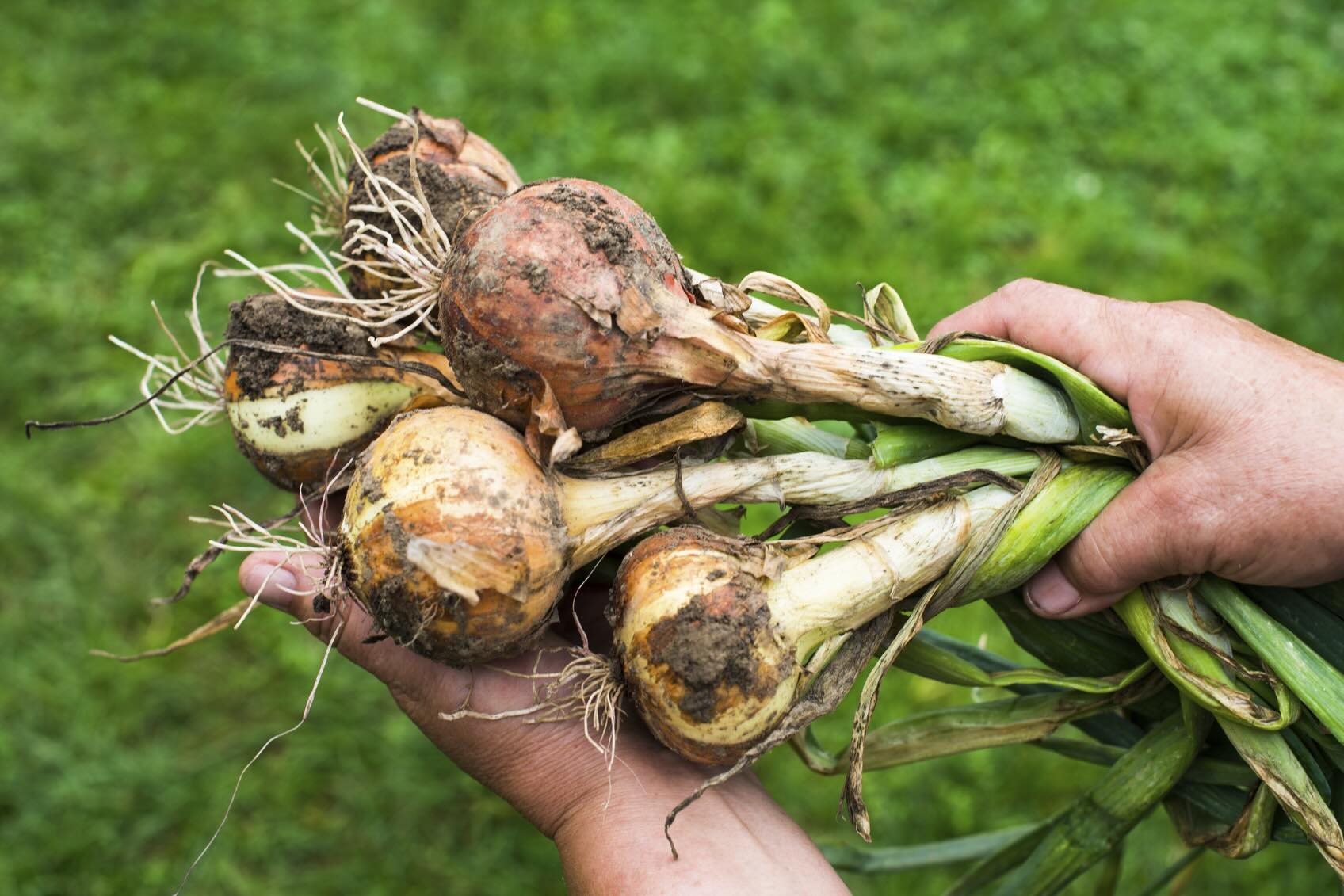
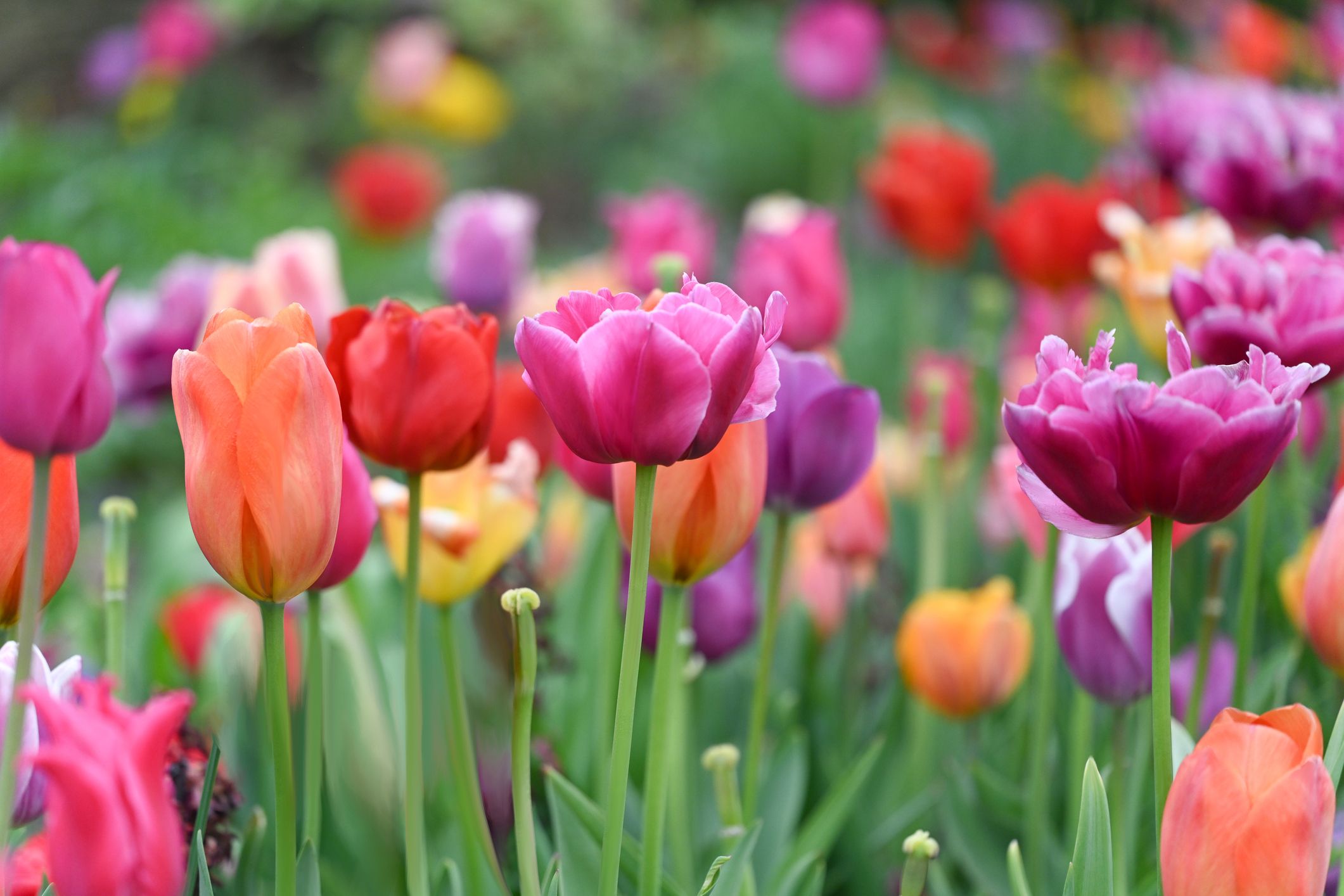
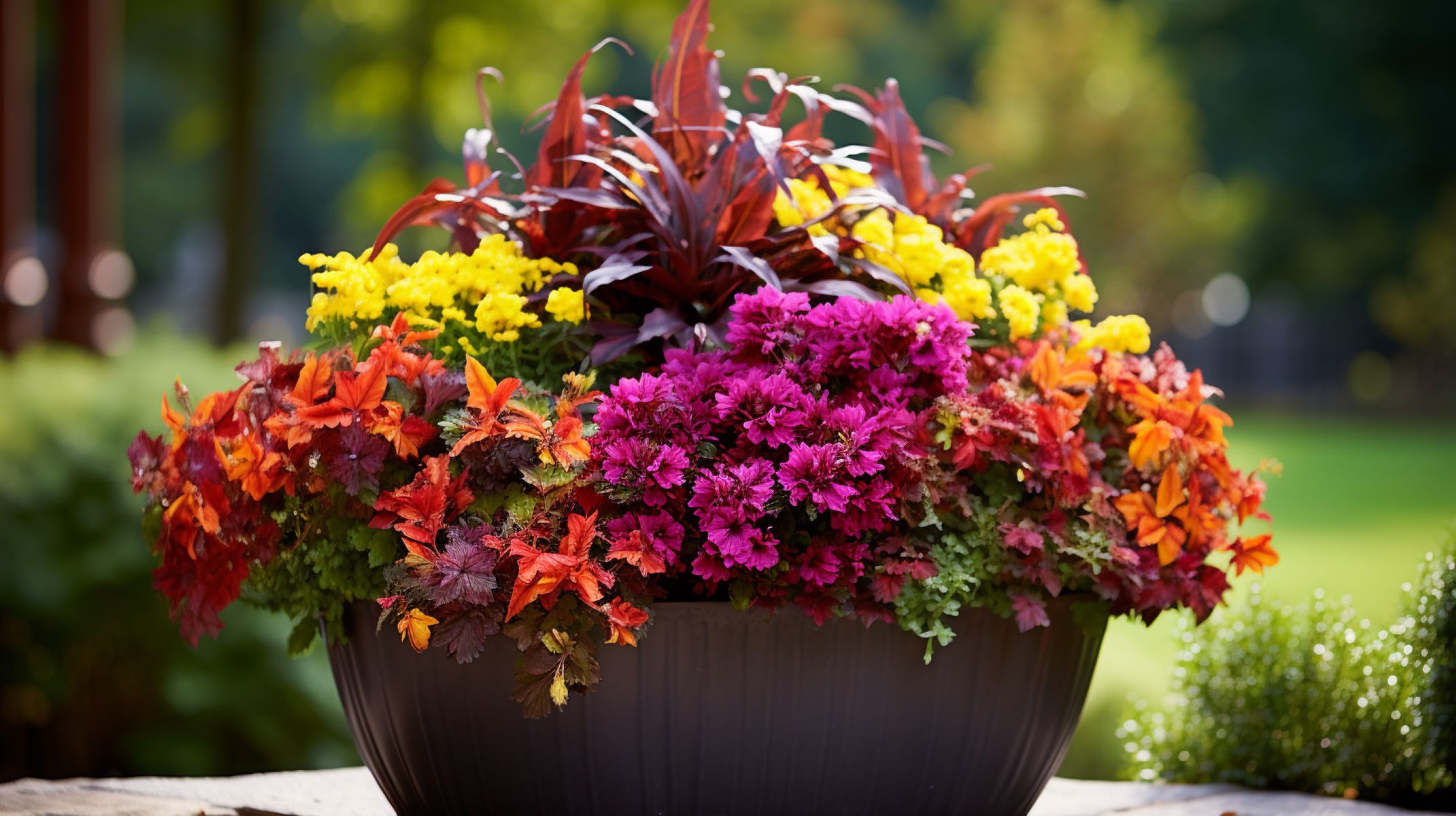
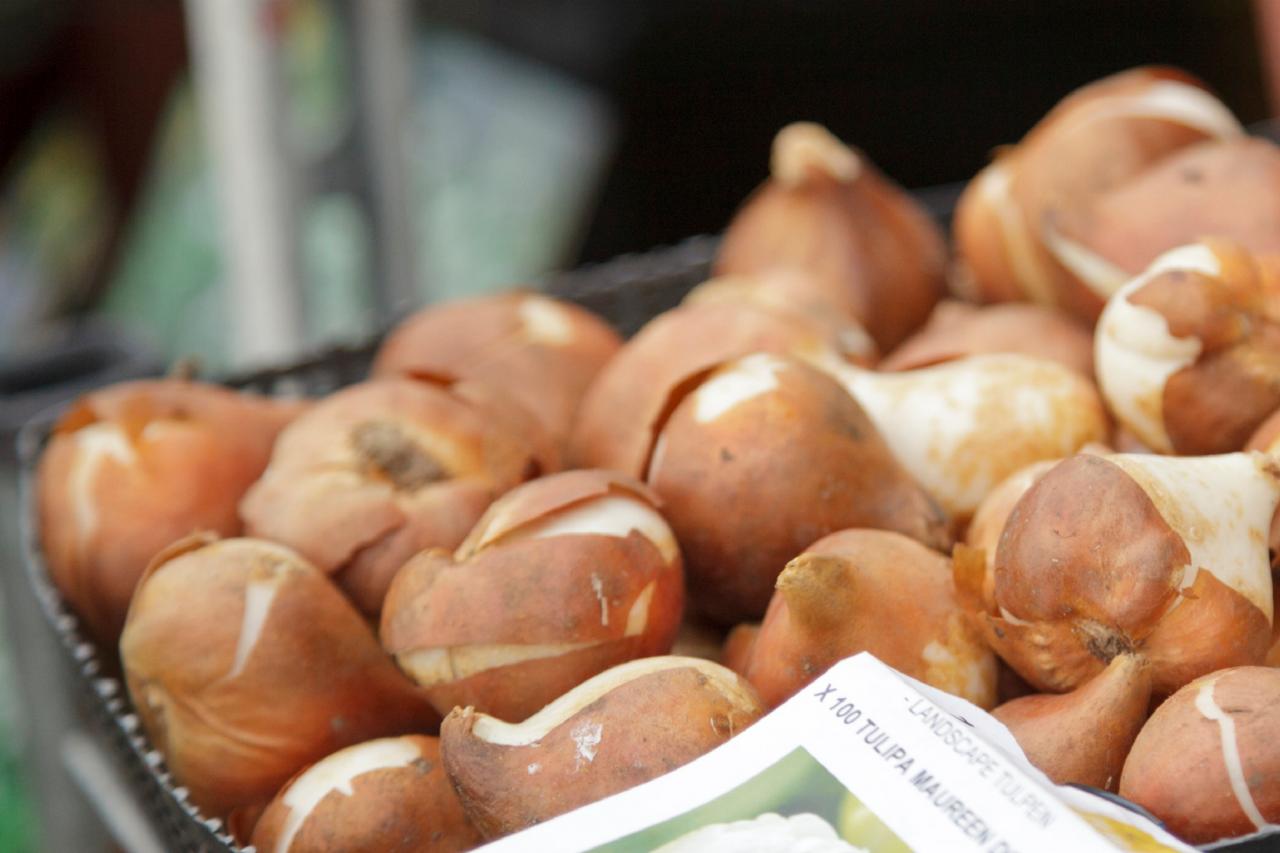

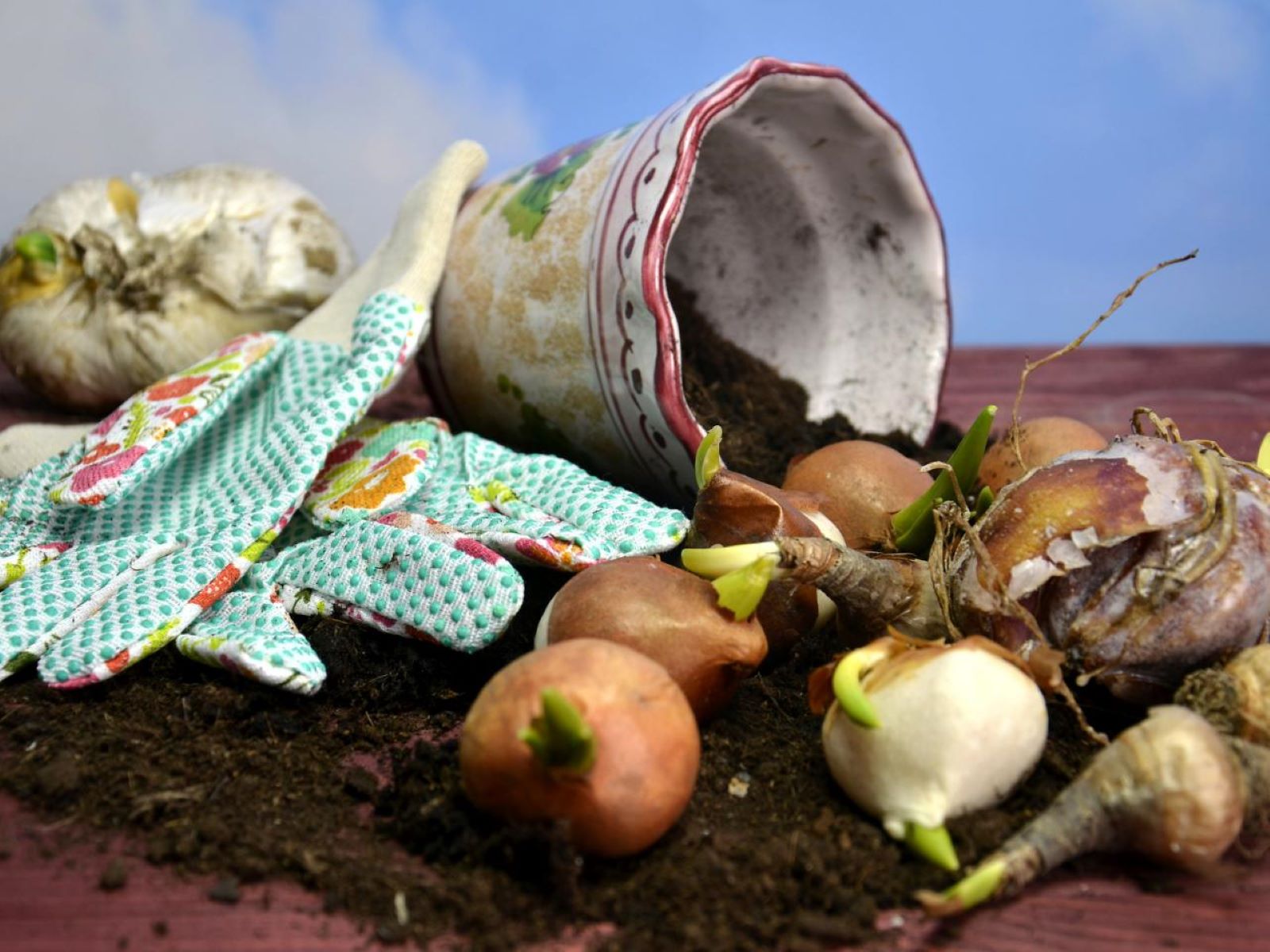
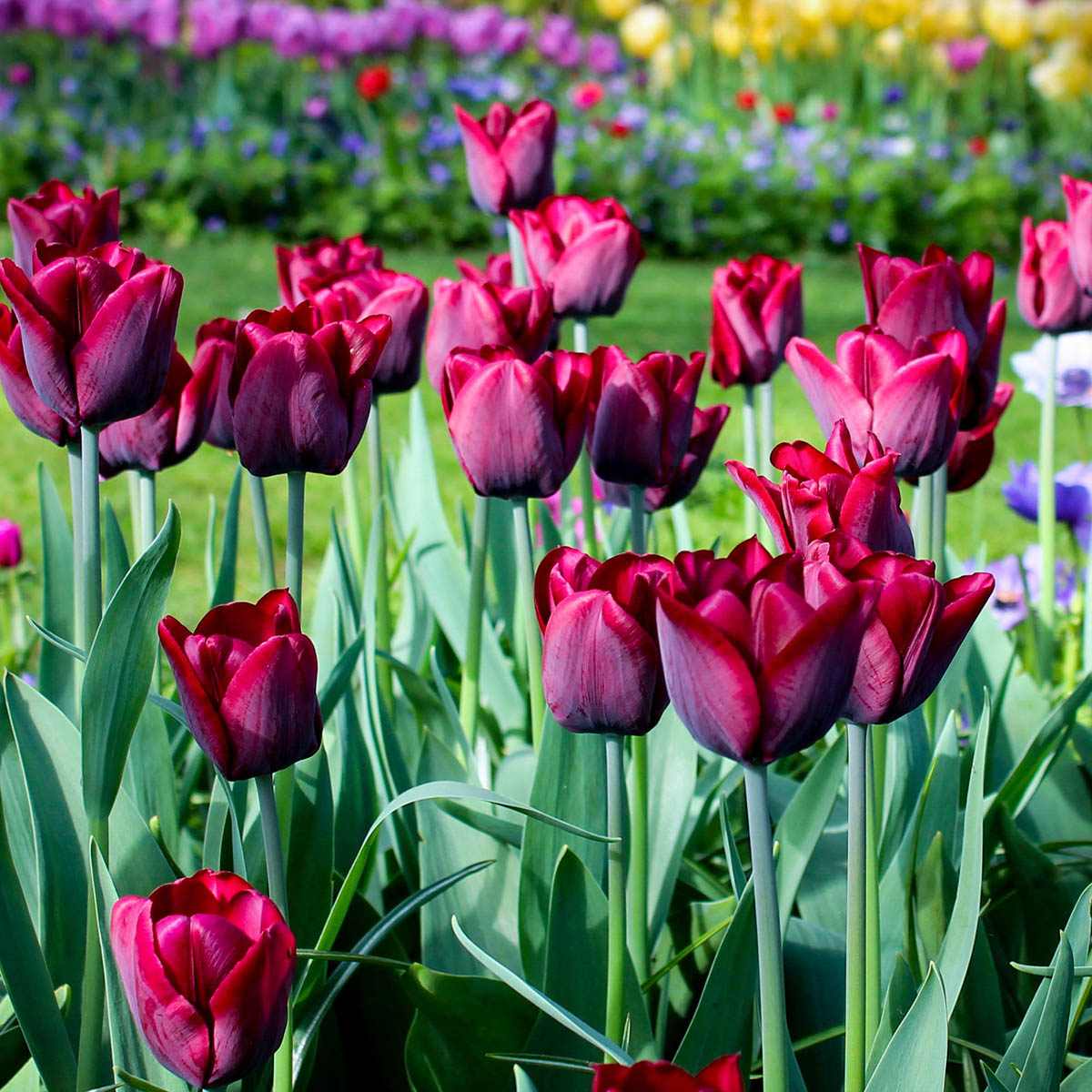
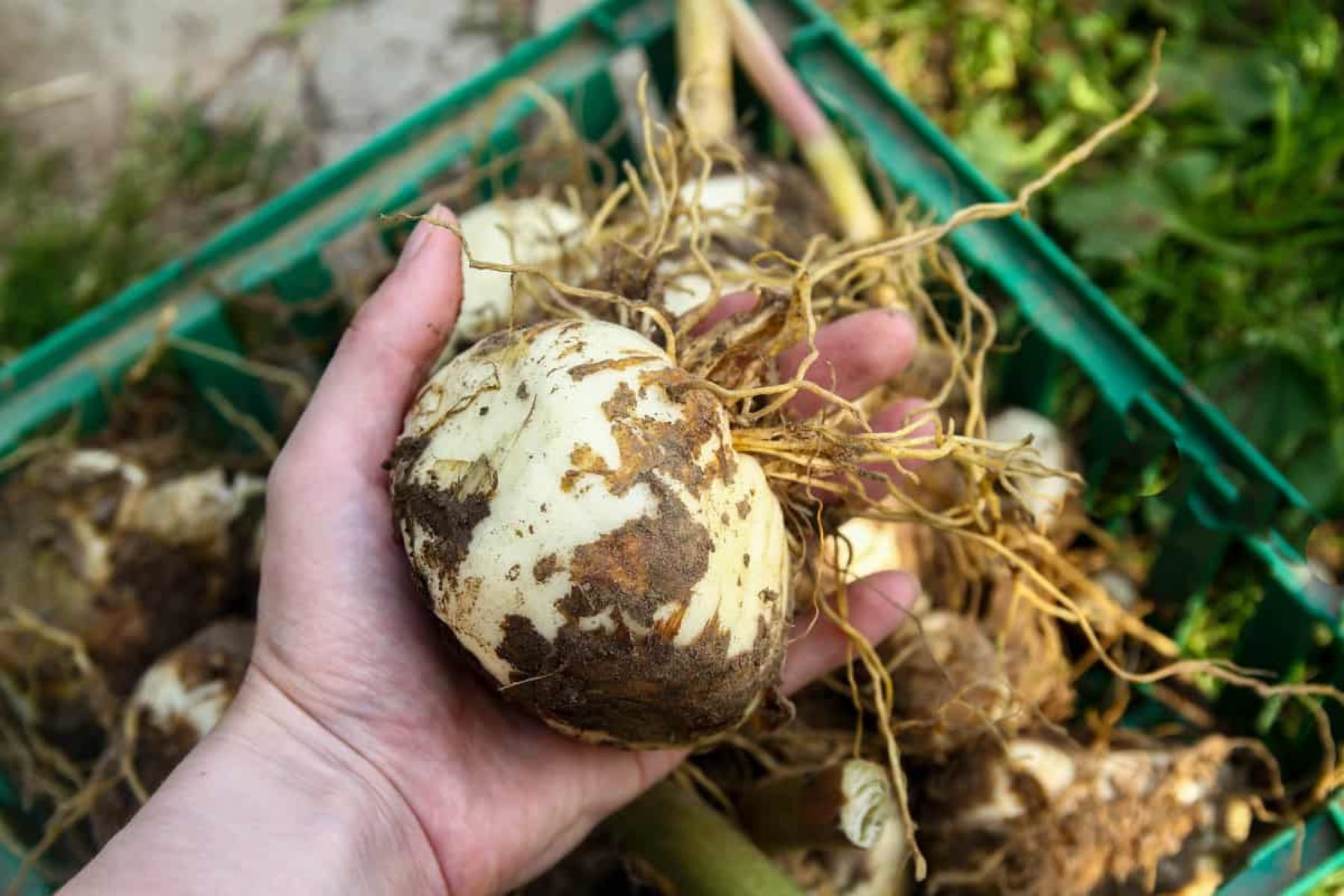
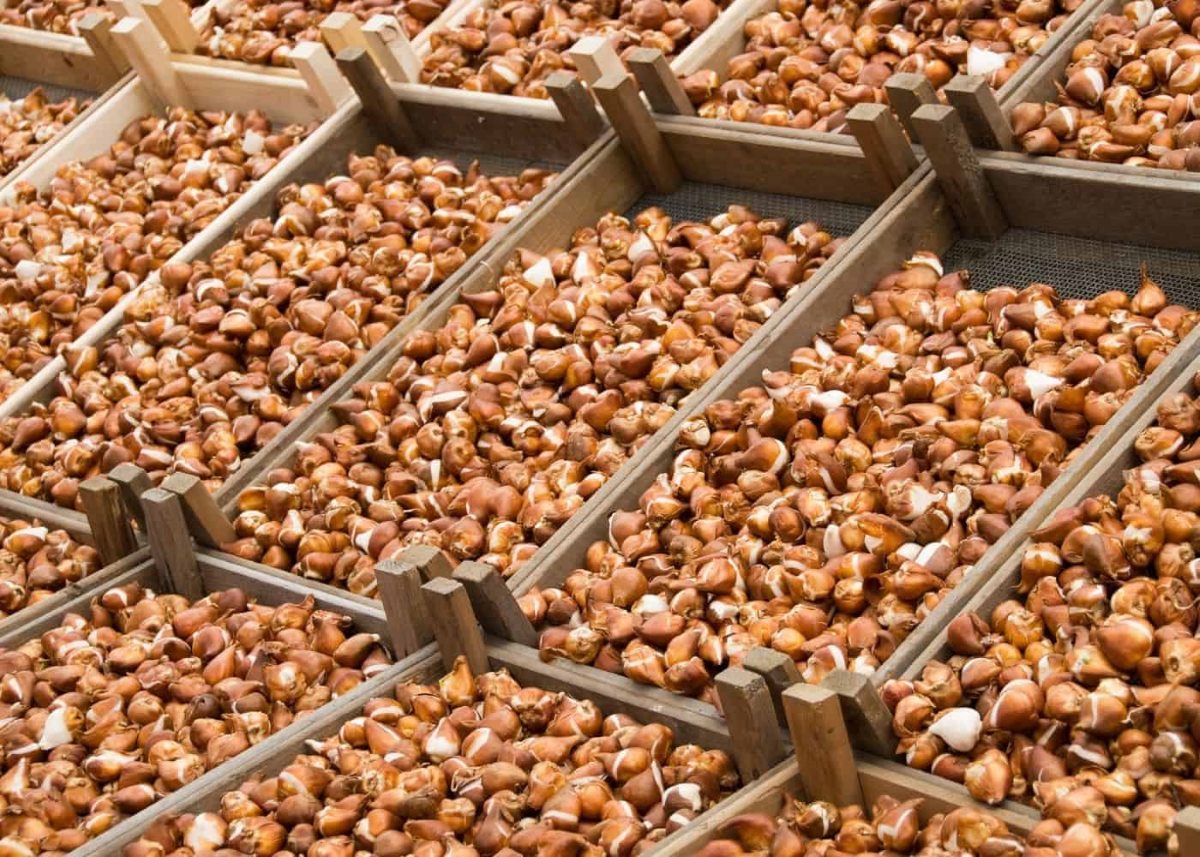
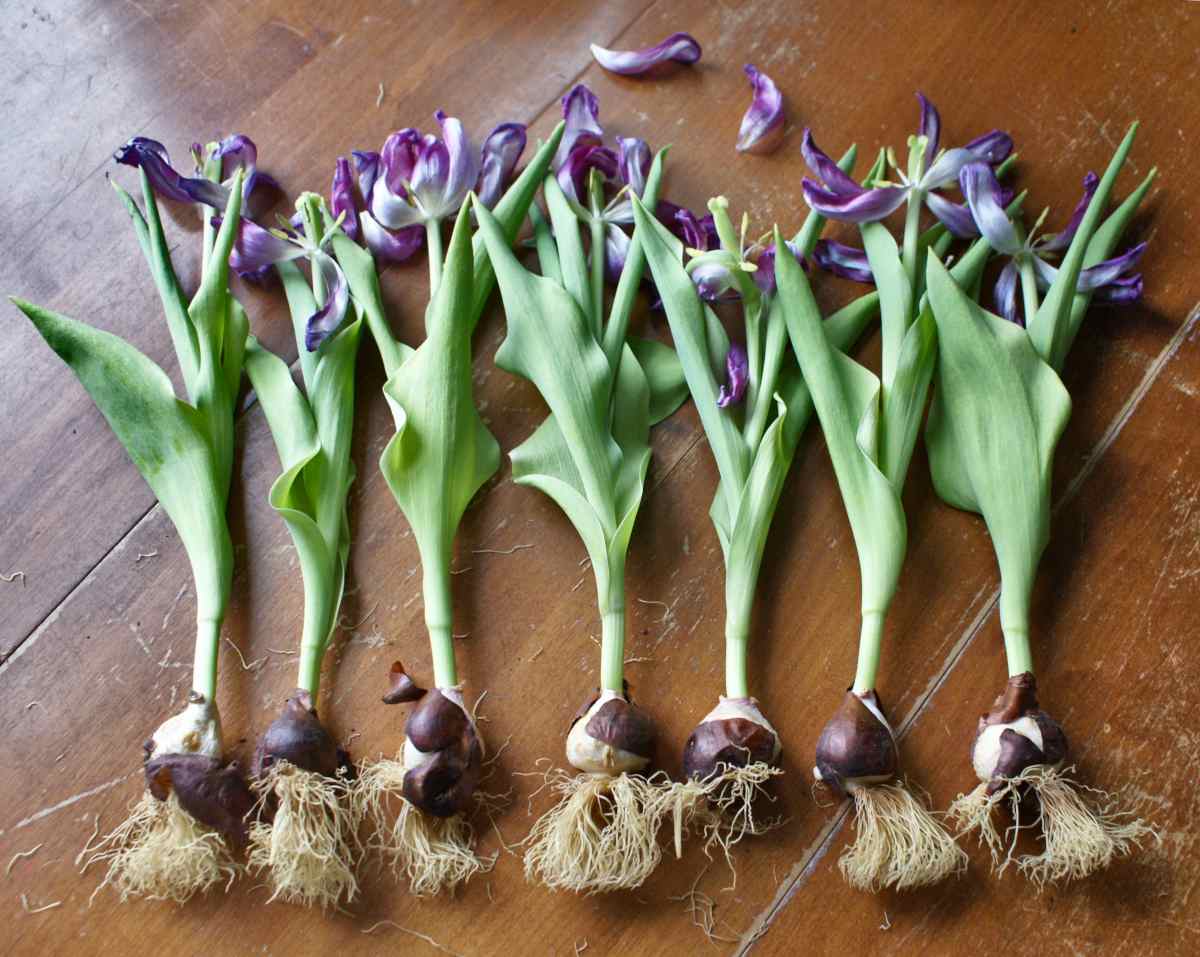
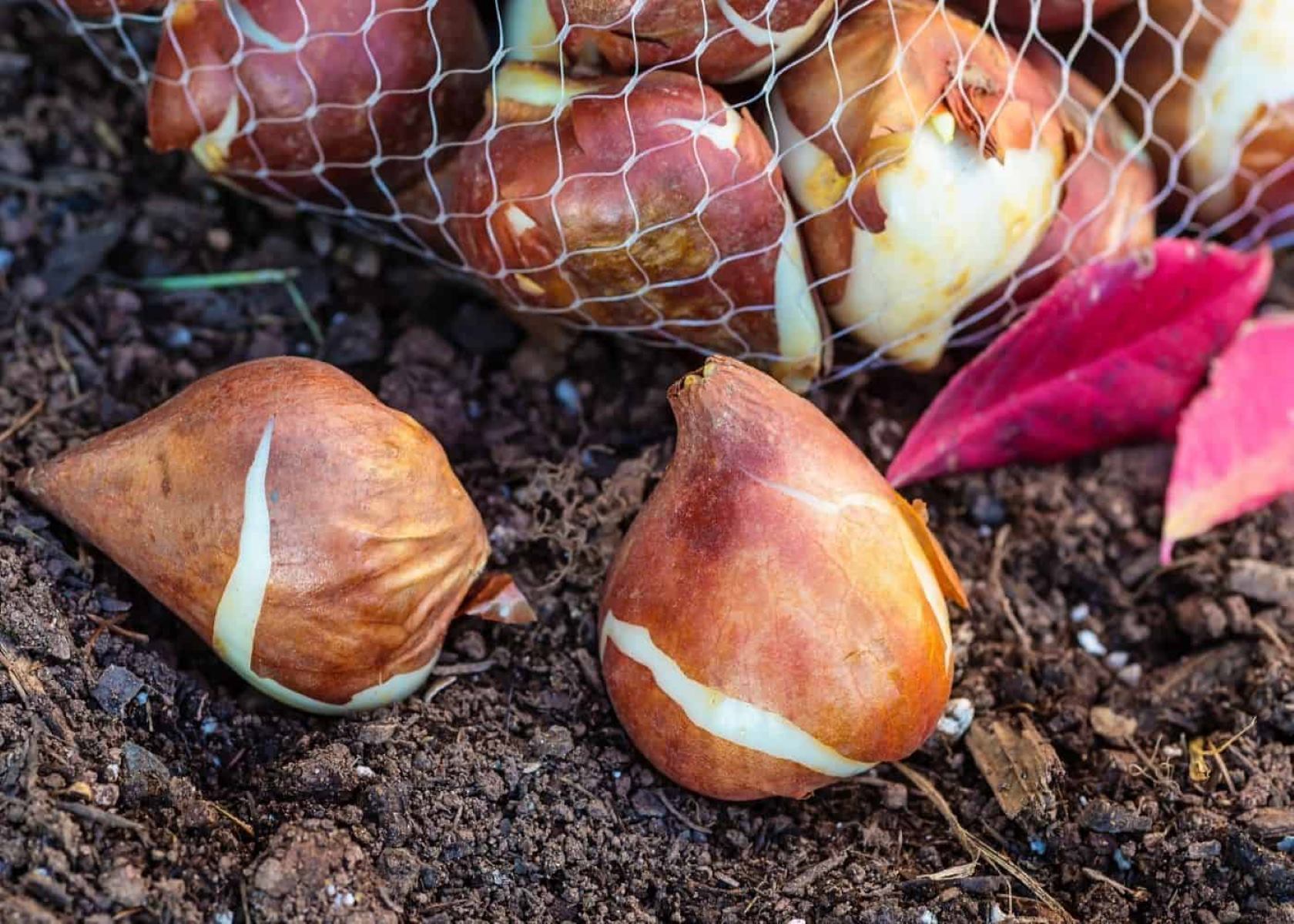
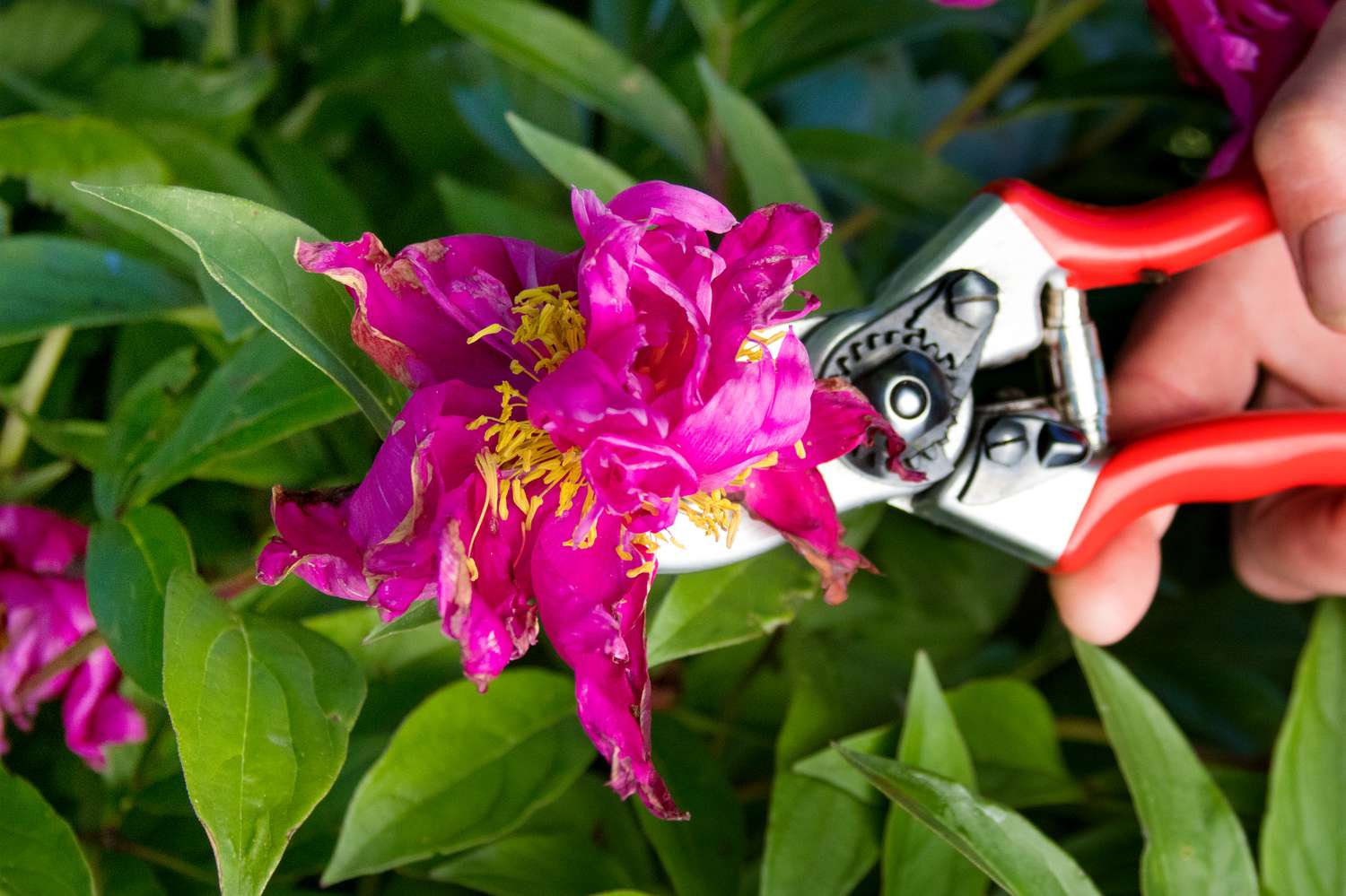
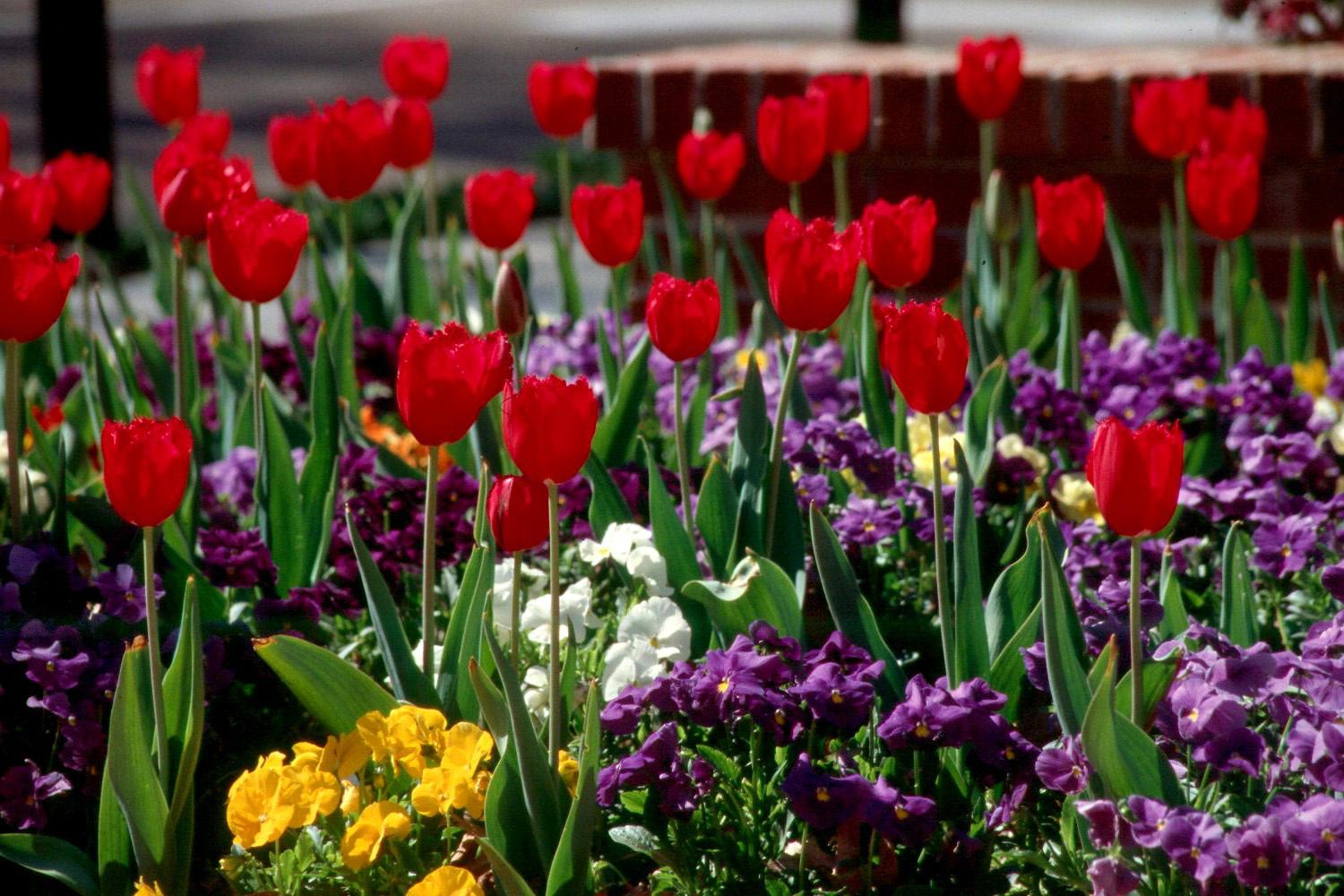


0 thoughts on “How To Store Tulips After They Bloom”